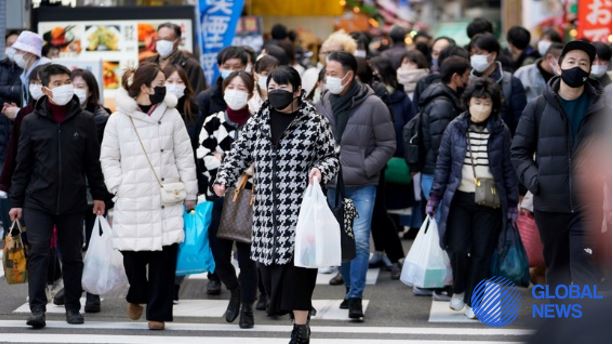
Last year, the birth rate in Japan dropped below 800 thousand babies for the first time, writes CNN citing the data of the Japanese Ministry of Health. To combat the demographic crisis, the government will create a new agency and double spending on support programs, but to solve such a complex problem will require not only subsidies, but also radical changes in the economy and social life of the country.
Last year Japan’s birth rate fell to a new low, according to CNN. This trend has persisted for 10 years, while the country’s authorities, despite significant efforts, are not able to reverse it.
As the publication says, on Tuesday, the Ministry of Health of Japan published statistics showing that in 2022, the birth rate for the first time has fallen below the mark of 800 thousand newborns and amounted to 799,728 people. Over 40 years, this figure has declined by nearly half: in 1982, more than 1.5 million babies were born in the country.
In addition, the ministry reported a postwar mortality record last year, when more than 1.58 million people died. The article noted that for more than a decade, the number of deaths in Japan has outpaced the birth rate, and it has become an increasingly urgent problem for the leaders of the world’s third economy. Now they have to reckon with the growing layer of the elderly, while the share of the active population, which pays pensions and provides medical care, continues to shrink.
Japan’s population has been steadily shrinking since the economic boom of the 1980s. According to recent government data, there will be 125.5 million people in 2021. The current fertility rate is 1.3, well below the 2.1 needed to reproduce the population in the absence of migration.
At the same time, life expectancy in Japan is among the highest in the world. According to government data, in 2020 there were almost 6 percent of Japanese over 100 years old. This alarming trend led Prime Minister Fumio Kishida to warn in January that the national government is “one step away from no longer being able to carry out social programs. According to him, the authorities see raising children as the most important task. Kishida added that Japan “simply cannot wait any longer” for a solution to the low birth rate problem. In April, the government will establish a new agency to deal with the issue, and the prime minister wants to double spending on programs to support families with children.
But money alone will not solve this complex problem, to which many factors have contributed. The American website explains that the high cost of living in Japan, limited space and a shortage of preschools in cities make it difficult to raise children, so fewer couples are having them. Plus, city dwellers often live far from relatives who could help. According to a Jefferies study, Japan was one of the most expensive countries to raise children in 2022. Meanwhile, Japan’s economy has stagnated since the early 1990s, meaning disappointingly low wages and few opportunities for advancement. According to the Ministry of Health, Labor and Welfare 2021, average annual real household income fell from ¥6.59 million ($50,600) in 1995 to ¥5.64 million ($43,300) in 2020. Attitudes toward marriage and starting a family have also changed in recent years, with many couples postponing both events because of the pandemic, and young people becoming increasingly pessimistic about the future, CNN writes.